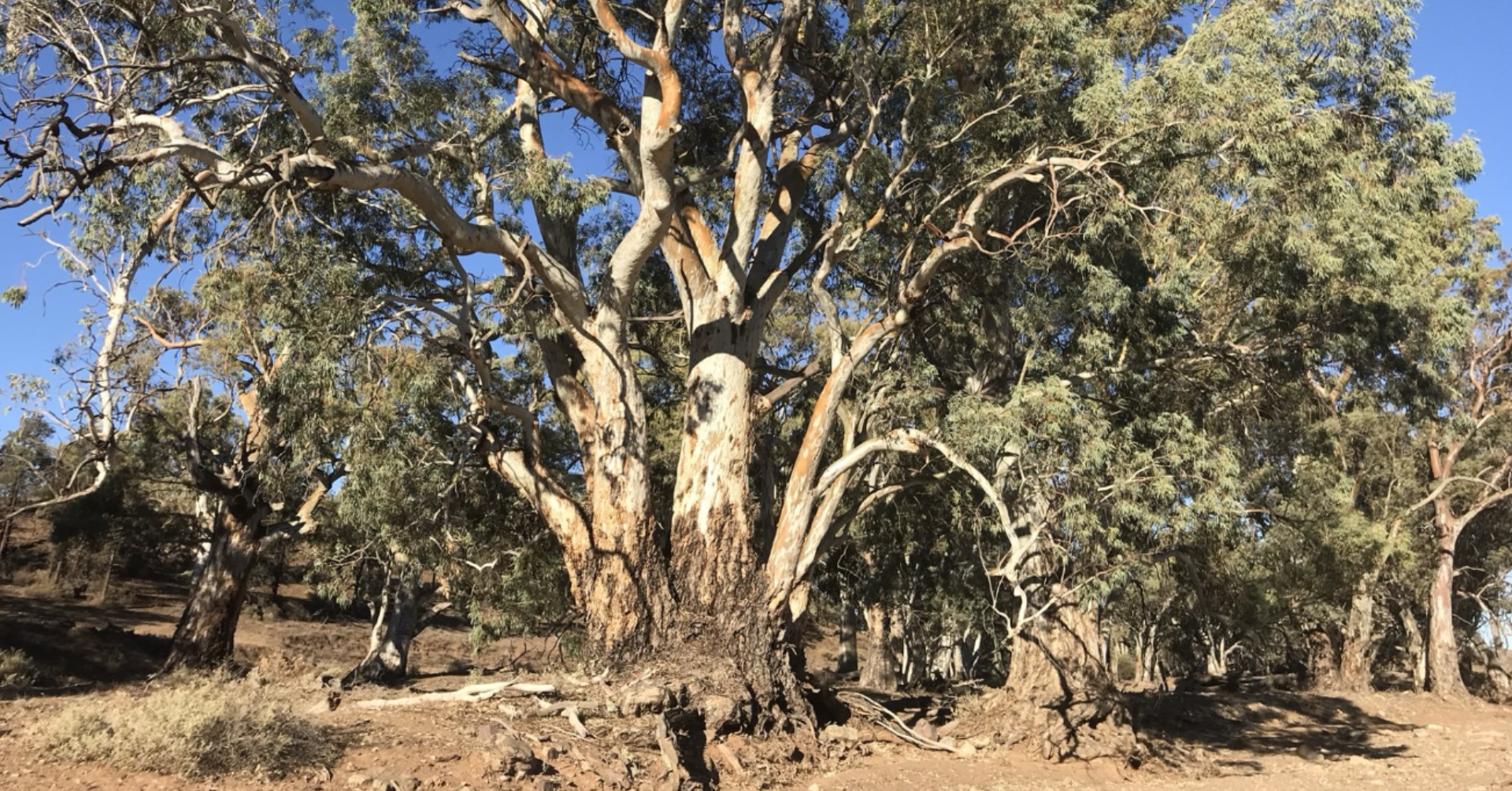🚜 Farmers, Seasons, and the Land’s Own Logic
Growing up on the Darling Downs, I was surrounded by people who read the land in ways that went far beyond book learning. Good farming country wasn’t just a matter of luck—you could tell a lot from the trees that grew there. Brigalow country, for example, was prime for clearing and cropping, while lighter country, where the cypress pine took hold, was best left for grazing.
My grandfather always joked that his selection was so poor even the wallabies took a cut lunch when they visited. It was humour with a sharp edge—many families had little choice about the land they were given, and they had to make do, no matter how unforgiving it was.
My father, despite being a farmer, was also a keen birdwatcher. He tracked the seasons by which birds arrived and when, noticing the rhythms of the landscape with the same attentiveness he applied to the farm. And yet, for all that farmers lived by the land’s cycles, their perspective was still different from what we might now call ‘deep ecology.’ Their connection was practical, shaped by the realities of working with (and sometimes against) the land to make a living. The black soil plains, for instance, were rich and fertile but also notorious for flooding. That meant constantly weighing up risk, planning around nature’s moods, and adapting rather than resisting.
♻️ Beyond Sustainability: The Need for Deep Connection
Much of modern environmental thinking centres around ‘sustainability,’ but let’s be honest—what does that actually mean? Sustaining what, exactly? A system that’s already in decline? First Nations cultures offer a different way of seeing—one that’s not just about minimising harm but about fostering a deep, reciprocal relationship with place.
This means shifting from an extractive mindset (‘How much can we take?&rsquo

to one of responsibility (‘What do we owe in return?&rsquo

. It means understanding that healthy landscapes don’t just happen; they are actively cared for, through fire management, seasonal knowledge, and a living relationship with land that stretches across generations.
⚡ The Myth of Energy Transitions: Why ‘Green’ Technology Alone Won’t Save Us
One of the biggest myths out there is the idea of ‘energy transitions’—that we move seamlessly from one energy source to another, as if upgrading to the latest iPhone. The reality is, these so-called transitions are actually *additive*. When coal mining took off, people didn’t stop using wood—they actually used *more* of it. More timber was needed for pit props in underground mines than had ever been burned for fuel before. And now, despite all the talk of renewables, fossil fuel consumption continues to climb.
The problem isn’t just *which* energy source we use; it’s the assumption that we can swap out fuels while keeping the same endless-growth mindset. A real environmental connection means questioning the deeper logic of our economic and energy systems, not just making them ‘greener.’
🌏 Reweaving Our Relationship with Country
The good news? This isn’t just theory—people are already doing the work. Indigenous land management, regenerative agriculture, and localised conservation efforts are proving that there are ways to live in balance with Country, rather than constantly trying to control it. Some key examples include:
-
🔥 Indigenous Fire Management – Traditional fire practices, like those used for tens of thousands of years, prevent catastrophic bushfires while maintaining biodiversity.
-
🌾 Regenerative Farming – Moving away from industrial monocultures and back towards farming methods that restore soil health, sequester carbon, and work with natural systems.
-
🤝 Community-Led Conservation – Projects that recognise local knowledge and involve people in caring for the land, rather than treating conservation as something separate from human life.
🌿 Conclusion: Country is Kin, Not a Commodity
Environmental connection isn’t just about policy or science—it’s about identity, belonging, and responsibility. The Pathmakers Framework reminds us that the health of Country is directly tied to the health of our communities. If land is seen as just a resource, it will be treated as expendable. But if it’s seen as kin, as something to be in relationship with, then caring for it becomes second nature.
Because in the end, Country doesn’t need saving. *We* do. And that starts by remembering that we were never separate from it in the first place.
Further Reading
There are five landmarks in the Pathmakers Framework. They are:
1 Economic Reciprocity – This landmark focuses on fostering mutual exchange and ensuring that communities benefit equitably from the resources and opportunities that come from working together, with a strong emphasis on sustainability and shared prosperity.
2 Environmental Connection – This landmark is about building and strengthening the connection between people and their environment, recognising the interdependent relationship that sustains both. It highlights the importance of caring for country and understanding the environmental processes that shape and are shaped by human actions.
3 Community Collaboration – This landmark focuses on working together, building trust, and strengthening relationships within and between communities. It looks at how collaboration can drive collective action and create shared solutions for the challenges communities face.
4 Relational Governance – This landmark encourages the development of new and inclusive governance systems that respect the rights of all people, particularly Indigenous peoples, and foster resilience, adaptation, and sustainability in the face of changing social and environmental conditions.
5 Cultural Heritage – This landmark underscores the importance of preserving and celebrating cultural practices, traditions, and knowledge. It fosters an understanding of how cultural heritage shapes identity, strengthens communities, and contributes to the resilience of people and place.
These landmarks work together, each influencing and being influenced by the others, forming an interconnected framework that promotes holistic and grounded approaches to community resilience, cultural heritage, and environmental stewardship.
Tags: environmental connection, sustainability, caring for country, relational ecology

